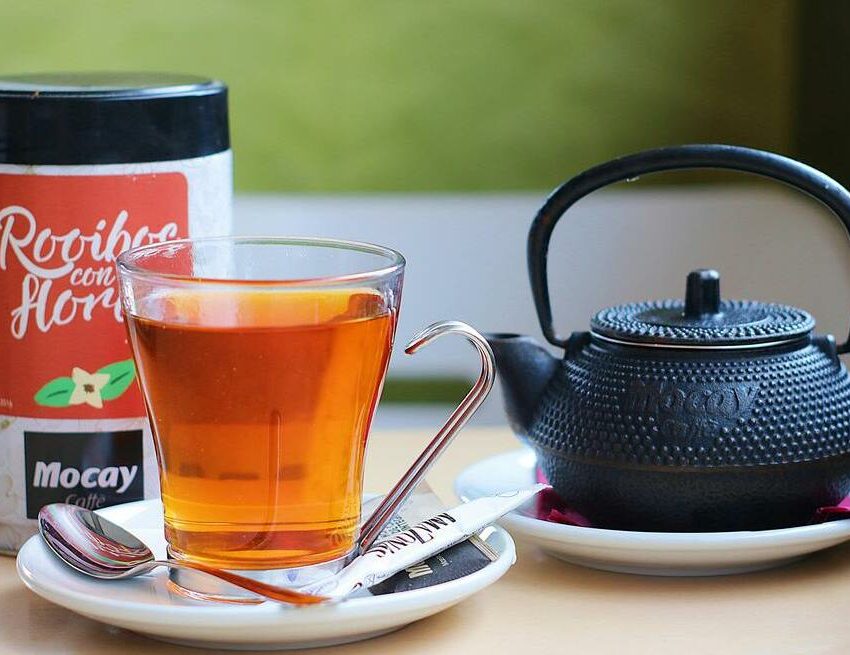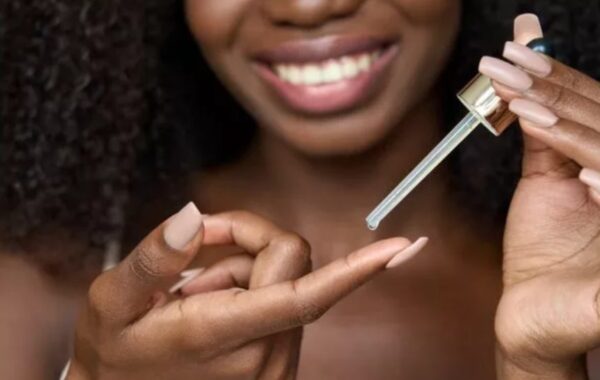PICTURE: PEXELS/ ROOIBOS TEA
For many, tea is more than just a drink; it’s a ritual, a comfort, and sometimes even a health booster. But what if the secret to the perfect cup isn’t just in the leaves, but in the science behind brewing them?
South Africa’s beloved Rooibos (Aspalathus linearis) stands apart from traditional teas like black or green, which come from the Camellia sinensis plant. Unlike its caffeinated counterparts, Rooibos is naturally caffeine-free and contains unique compounds that influence its taste and soothing properties. Michelle’s research reveals how steeping time, water quality, and even oxidation levels can make or break your brew.
Why Rooibos is different: The science behind the brew
One of the biggest differences between Rooibos and traditional teas lies in their chemical makeup. While Camellia sinensis contains caffeine, theobromine, and theophylline, stimulants that contribute to tea’s bitterness, Rooibos produces trigonelline, a non-stimulating alkaloid linked to potential blood sugar regulation.
“Rooibos is naturally sweet and less astringent because it has fewer tannins,” Michelle explains. Tannins, responsible for the dry mouthfeel in black tea, are lower in Rooibos, making it smoother and more mellow.
Additionally, Rooibos contains fragrant compounds like linalool and geraniol, which give it a floral, slightly sweet aroma. These molecules are volatile, meaning they escape quickly, another reason freshly brewed Rooibos smells more inviting than a cooled cup.

The perfect steeping method: Time and temperature matter
Michelle emphasises that steeping time and water temperature play crucial roles in extracting the best flavours and health benefits from Rooibos.
-
Boiling water (100°C) is ideal for maximum antioxidant release.
-
10 minutes of steeping ensures optimal extraction of compounds like aspalathin, a potent antioxidant unique to Rooibos.
-
Filtered water prevents mineral interactions that can dull flavour.
“Longer steeping increases sweetness,” Michelle notes, likely due to compounds like maltol and vanillin, which enhance natural sweetness. However, steeping beyond 10 minutes may cause antioxidants to degrade.
Green vs. red Rooibos: Which is healthier?
While most South Africans drink fermented red Rooibos, Michelle points out that green Rooibos (unfermented) retains more antioxidants.
“Fermentation oxidises antioxidants, reducing their potency,” she says. Green Rooibos contains higher levels of aspalathin, but it degrades over time, so freshness matters.


Final tip: Avoid hard water
Minerals in hard water can create ‘tea scum’ in traditional teas, and Michelle suspects a similar effect may occur with Rooibos. Using filtered water ensures a cleaner, more vibrant flavour.
A perfect cup of chemistry
Brewing tea isn’t just about tradition; it’s chemistry. By understanding how water temperature, steeping time, and oxidation affect Rooibos, tea lovers can elevate their daily cup into a richer, more beneficial experience.
As Michelle puts it, “Brewing tea is not just an art. It’s a beautifully balanced act of chemistry.” So next time you prepare Rooibos, let science guide you, your taste buds (and health) will thank you.
First published by Cape {town} etc
Compiled by Lulama Klassen













